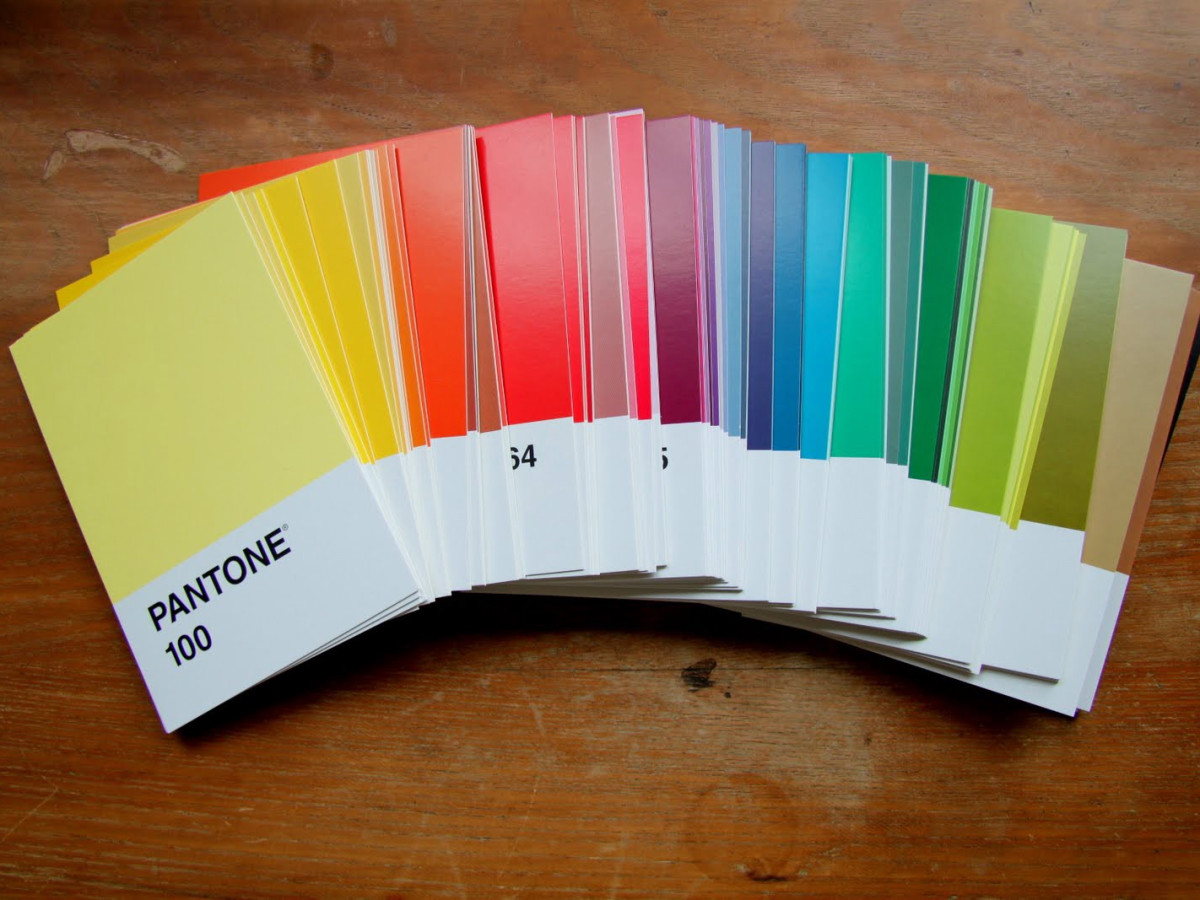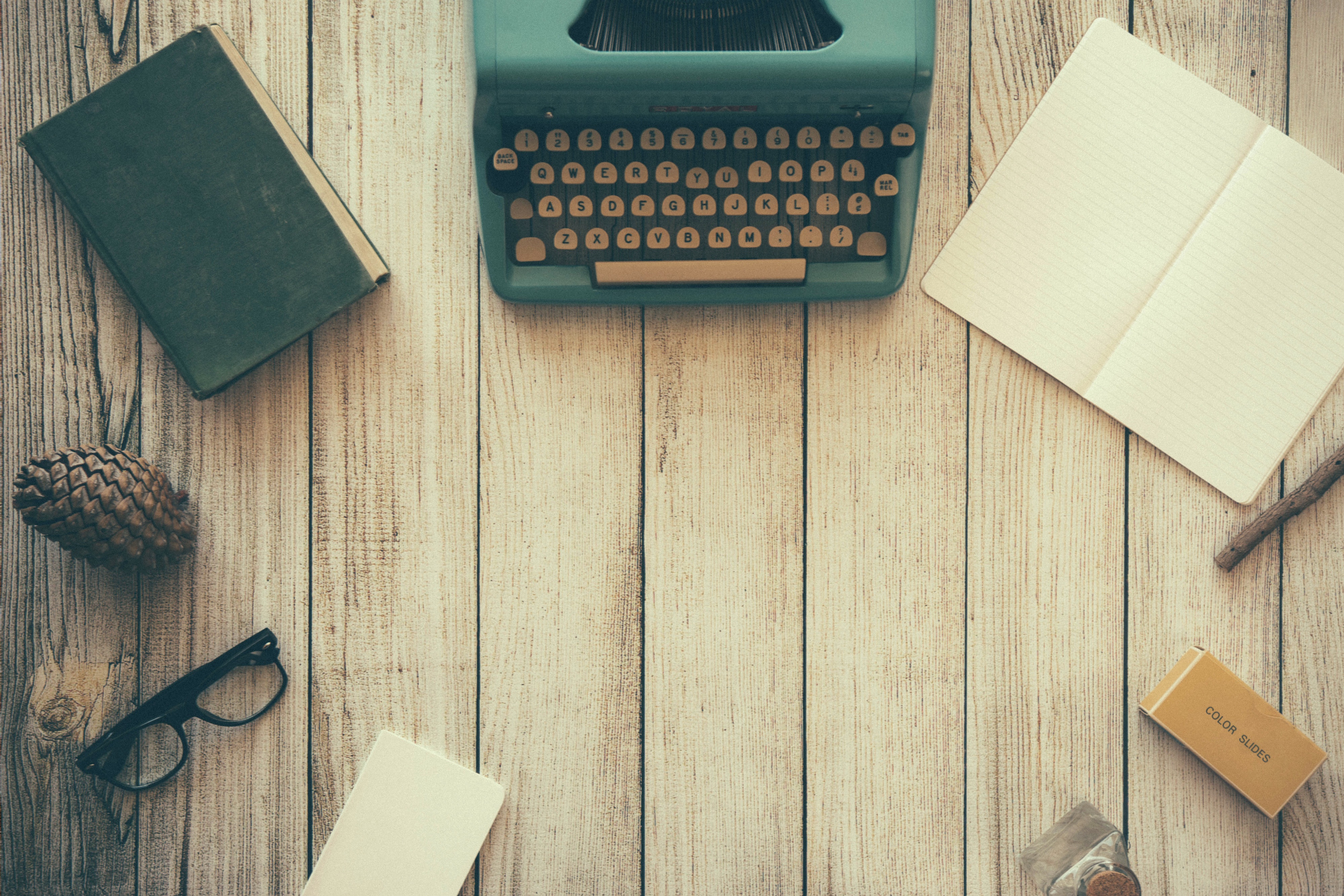
What's the colour of creativity?
Francesco Marcatto26 Apr 16
What's the colour of creativity?
Sarah, our exceptional visual content designer at Mindiply, asked me this question the other day. What she was actually asking me was, how do you play with colours to foster creativity? Well (as often happens) it turned out that I did not have an answer to this question, so it was time to go in search of evidence.
In my quest for finding a sensible answer, I had to skip a lot of mumbo-jumbo and oversimplifications - there are many websites with long lists about 'the meaning of colour', however usually there is no trace of some kind of reasonable explanation or plausible references. I finally decided to go straight to the scientific literature (yes, evidence matters).
I discovered that the link between creativity and some particular colours has been investigated by scholars from different fields: psychology (of course), but also ergonomics, HCI (human-computer interaction) and architecture. Thank you Google Scholar!
Unfortunately, among the many studies carried out, there are only a few real controlled experiments with satisfactory internal validity and/or predictive validity. The real evidence is scarce and somewhat contradictory, but I'll try to sum up the best results I was able to find.
Red or blue?
The first relevant study compared the effects of red and blue on various cognitive tasks, including creativity and product design (Metha & Zhu, 2009). Both colours could be expected to play a role: red is strong and arousing, while blue is a more calming, intellectual colour.
(You may already be raising your eyebrows thinking 'oh, this is just pop-psy for tabloids, not real research'. Be patient - the 'science bit' is coming up). The authors of this study conducted 6 experiments and published their paper on nothing less than Science, the uber-top level academic journal.
Results show clearly that blue is a better colour than red in fostering creativity: people generated more creative ideas in a brainstorming-like task when working on computer with a blue background screen than people who worked on a red background screen.
Moreover, when people were given a set of blue or red geometric parts for designing a new toy for children, they produced more practical and appropriate toys when working with the red parts, and more original and novel designs when working with the blue ones.
Before you rush to paint your 'creativity room' blue from top to bottom; while the results suggest that blue slightly fosters creativity, it could also be that red is bad for creativity, while blue could be just an ordinary colour. Indeed, this latter explanation is what some other studies say: red impairs performances on many kind of cognitive tasks, and this appears to take place outside of participants' conscious awareness (Elliot et al., 2007).
The explanation of this effect is simple: red slightly increases avoidance motivation. This is due to both nature and nurture: we have a biological tendency to view red as a danger signal, in nature red is often a signal of competition or attack readiness, and from infancy onward we are also exposed to associations between the colour red and negative signals. You remember your teacher's red pen, don't you? A negative signal automatically evokes a motivational tendency to avoid it, producing anxiety and distraction (Bargh & Chartrand, 1999).
So, we cannot say for sure that blue is creativity boosting, but we can say that it is better to avoid red. Anyway, the effect isn't so big that you should remove anything red from your office or force a 'no red' dress code!
Natural or artificial?
Another study can help us in answering the creativity-colour question. According to a 2002 paper (McCoy & Evans, 2002), when seeking a place to think creatively, people prefer:
- environments with warm, inspiring colours (yellow, orange, pink, red or red/violet)
- natural materials and furniture
- and an avoidance of cool colours (green, blue, blue/violet).
Most importantly, the authors also ran an experiment that showed that people are more creative when working in an environment with spatial complexity, natural materials and warm colours, as compared to a more standard, 'bland' space with manufactured materials and cool colours. No significant differences emerged, however, on a standard test of creativity (the Torrance Tests of Creative Thinking), so this raises some doubts about the generalisability of the results. Anyway, it's better to find an effect on a real-world task and not on lab measures than vice-versa.
Final words: go natural!
So, back to our original question: how do you play with colours to foster creativity? Well, as you might have expected, there is no such thing as a quick or simple fix. But there are some useful insights from the literature. First, we must realise that typically we use combinations of colours, not a single colour. So, instead of focusing on a single colour, hoping that it will perform miracles, it's wiser to think about the overall design.
One thing we know for sure is that the overall environment should inspire positive feelings: a positive affect can improve motivation at work, but also leads to generate more and more original ideas (Amabile et al., 2005; Frederickson, 1998; Isen, 2000). This happens also in virtual environments such as websites and apps (Lewis, Dontcheva, & Gerber, 2011).
Of course, this leads to another question: 'which kind of real or virtual environment is able to inspire positive feelings?' Luckily, here the answer is easy: go natural. Exposure to natural environments, such as trees, farmlands and forests, will put people in a good mood (Kaplan & Kaplan, 1989; Ulrich, 1983) - but also something more subtle like a pot plant or some flowers in an office seems to enhance people's creativity (Shibata & Suzuki, 2004).

In summary, the evidence suggests that for creativity you are better off creating a warm, comfortable environment, using colours that reminds us of nature (think of something like forest-green, wood-brown, sky-blue, etc.), and adding here and there some twists of more energetic colours (orange or yellow, but maybe not red).
As a final word: when playing with these ideas about colours always remember that the final outcome should be well-balanced, inspire a positive affect and contribute to a great user experience.
References
- Amabile, T., Barsade, S., Mueller, J. and Staw, B. Affect and Creativity at Work. Administrative Science Quarterly, 50 (2005), 367-403.
- Bargh, J. A., & Chartrand, T. L. (1999). The unbearable automaticity of being. American Psychologist, 54, 462–479.
- Elliot, A. J., Maier, M. A., Moller, A. C., Friedman, R., & Meinhardt, J. (2007). Color and psychological functioning: the effect of red on performance attainment. Journal of experimental psychology: General, 136(1), 154.
- Frederickson, B. What good are postive emotions? Review of General Psychology , 2 (1998), 300-319.
- Isen, A. M. (2000). Positive affect and decision making. In M. Lewis & J. M. Ha viland (Eds.), Handbook of emotions (2nd ed., pp. 417 – 435). New York: Guilford.
- Kaplan, R. & Kaplan, S. (1989). The experience of nature: A psychological perspective. New York: Cambridge University Press.
- Lewis, S., Dontcheva, M., & Gerber, E. (2011). Affective computational priming and creativity. In Proceedings of the SIGCHI Conference on Human Factors in Computing Systems (pp. 735-744). ACM.
- McCoy, J. M., & Evans, G. W. (2002). The potential role of the physical environment in fostering creativity. Creativity Research Journal, 14(3-4), 409-426.
- Mehta, R., & Zhu, R. J. (2009). Blue or red? Exploring the effect of color on cognitive task performances. Science, 323(5918), 1226-1229.
- Shibata, S., & Suzuki, N. (2004). Effects of an indoor plant on creative task performance and mood. Scandinavian journal of psychology, 45(5), 373-381.
- Ulrich, R. S. (1983). Aesthetic and affective response to natural environment. In Behavior and the natural environment (pp. 85-125). Springer US.







